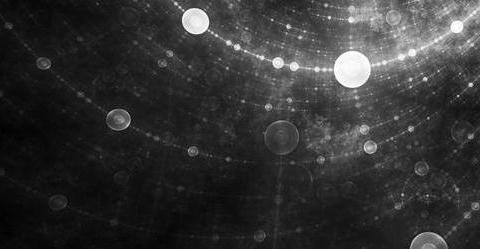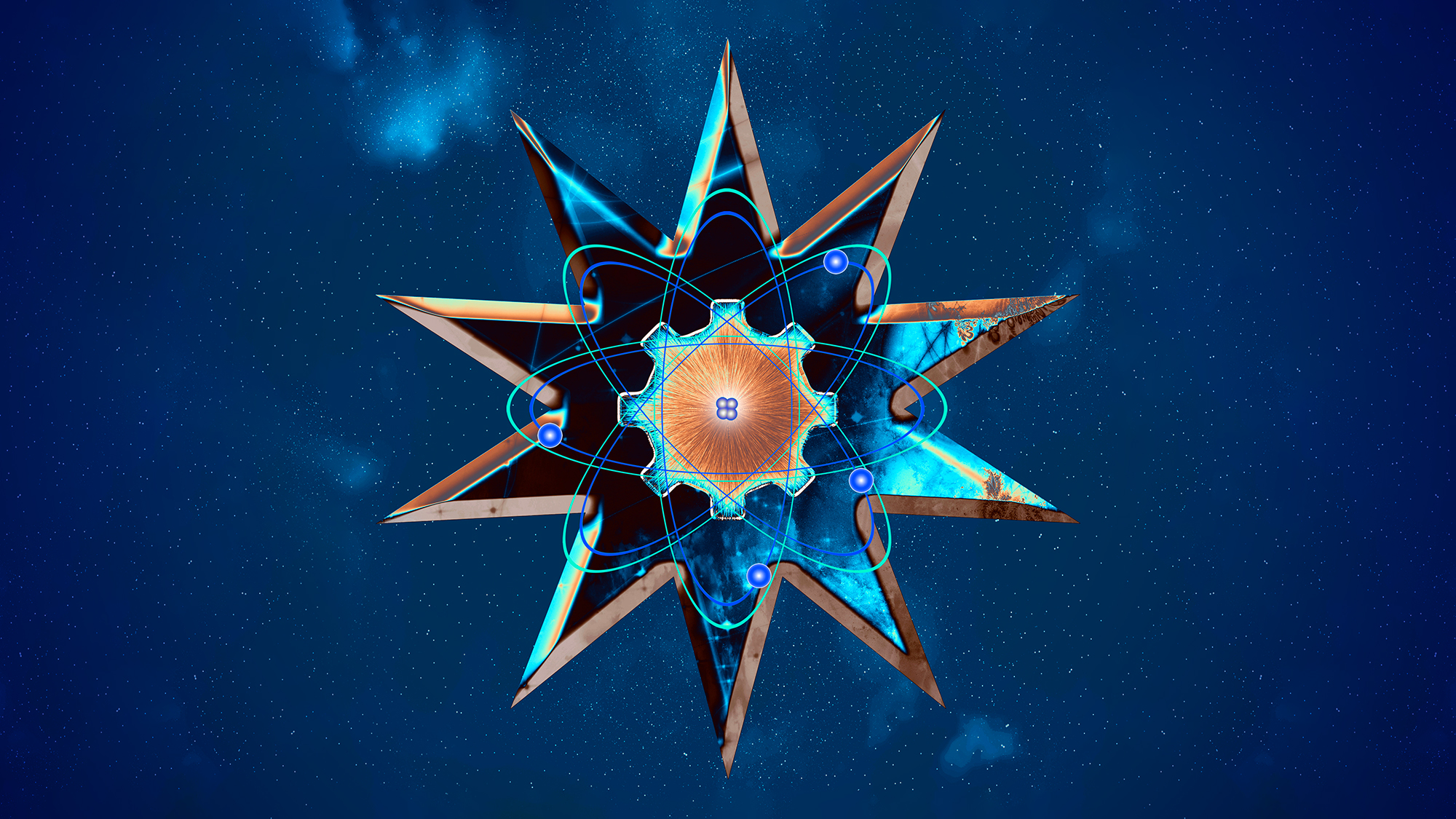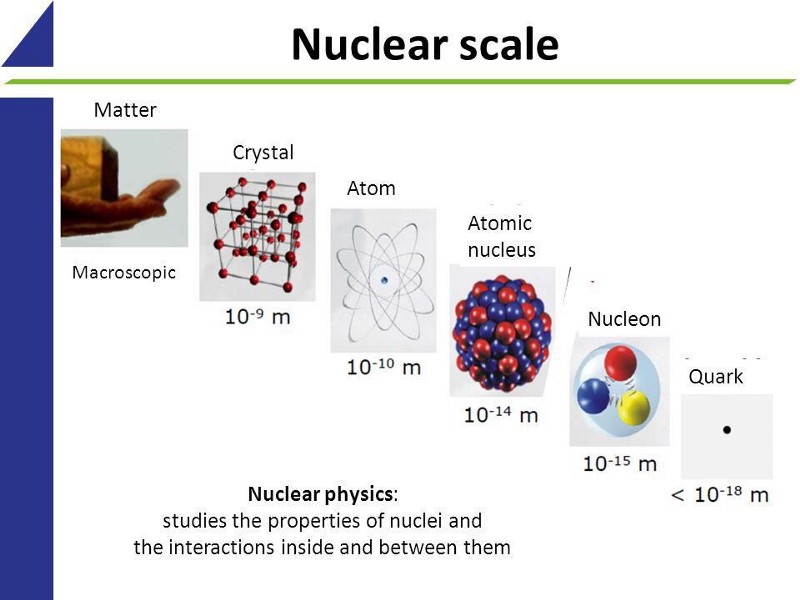Scientists Getting (Much) Better at Storing Bits of Quantum Data

What’s the Latest Development?
Researchers from Harvard, Caltech, and the Max Planck Institute of Quantum Optics have made big advances in resolving a fundamental problem with storing quantum information by holding a quantum bit, or qubit, stable for more than a second inside an artificial diamond. Previously, this type of qubit was preserved for only a few thousandths of a second. “We’ve achieved this almost thousand-fold improvement with relatively little experimental effort,” said David Hunger from the Max Planck Institute. The nucleus of a carbon atom served as the researchers’ qubit.
What’s the Big Idea?
The standard unit of memory storage for today’s computers, a bit, is vastly more complicated in the quantum world. While a bit can have two possible values, one designated as “0” and the other as “1”, a qubit can hold both values simultaneously. “Its information content consists in the respective weight of ‘0’ and ‘1’: the qubit can consist of 20 percent ‘0’ and 80 percent ‘1’, for example. … This means that many values can be stored in a single qubit.” According to the no-cloning theory of quantum physics, which prohibits the copying of quantum information, qubits could be used for “forgery-proof” data storage.
Photo credit: Shutterstock.com




